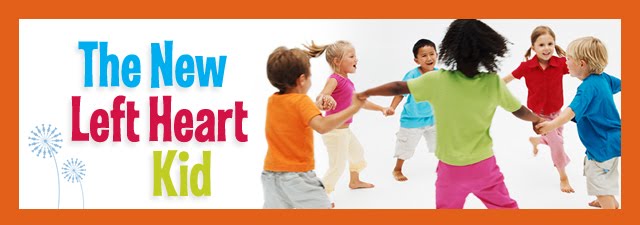As a heart mom of a pre-teen with Hypoplastic Left Heart Syndrome, I often think about the difficulties teenagers face as they are thrust into their changing world. I worry about the dangers out there; drugs, alcohol, risky behavior. I worry about bullying, social groups and the need for all teenagers to "fit in." What about the challenge of sports or other extracurricular activities? Will our HLHSrs face more difficulties because of their heart condition? There isn't a manual about this. Our kids do not come with a How-To guide. There are studies that demonstrate decreased exercise performance as children become older, but I have read so many wonderful stories about teenagers living very happy, normal lives. I have many more questions and there is so little data out there on teenagers with HLHS. I do know that our children are breaking the mold and someday the data will catch up with them. In the meanwhile, the best data comes from those who tell the stories best - young adults with HLHS - the warriors! I have been blessed to meet a great group of those heart warriors!
Over the years I have met several really neat teenagers with HLHS and they offer such inspiration to us heart parents! It's hard to believe these teenagers are grown up and young adults now; they are out in the world living their lives and doing amazing things! One young lady in particular who has been such an inspiration to me and many other heart families is Megan Broucek. Megan shares stories of her life as a teenager; her trials and tributes, and does so with such a great perspective. Meagan, like many other young adults with HLHS are happy to answer questions and share their stories so I encourage you to read her stories of life as teenager on her Facebook page: Meagan Broucek's Facebook Page.
My very best to you and your families,
Julie
Over the years I have met several really neat teenagers with HLHS and they offer such inspiration to us heart parents! It's hard to believe these teenagers are grown up and young adults now; they are out in the world living their lives and doing amazing things! One young lady in particular who has been such an inspiration to me and many other heart families is Megan Broucek. Megan shares stories of her life as a teenager; her trials and tributes, and does so with such a great perspective. Meagan, like many other young adults with HLHS are happy to answer questions and share their stories so I encourage you to read her stories of life as teenager on her Facebook page: Meagan Broucek's Facebook Page.
My very best to you and your families,
Julie
